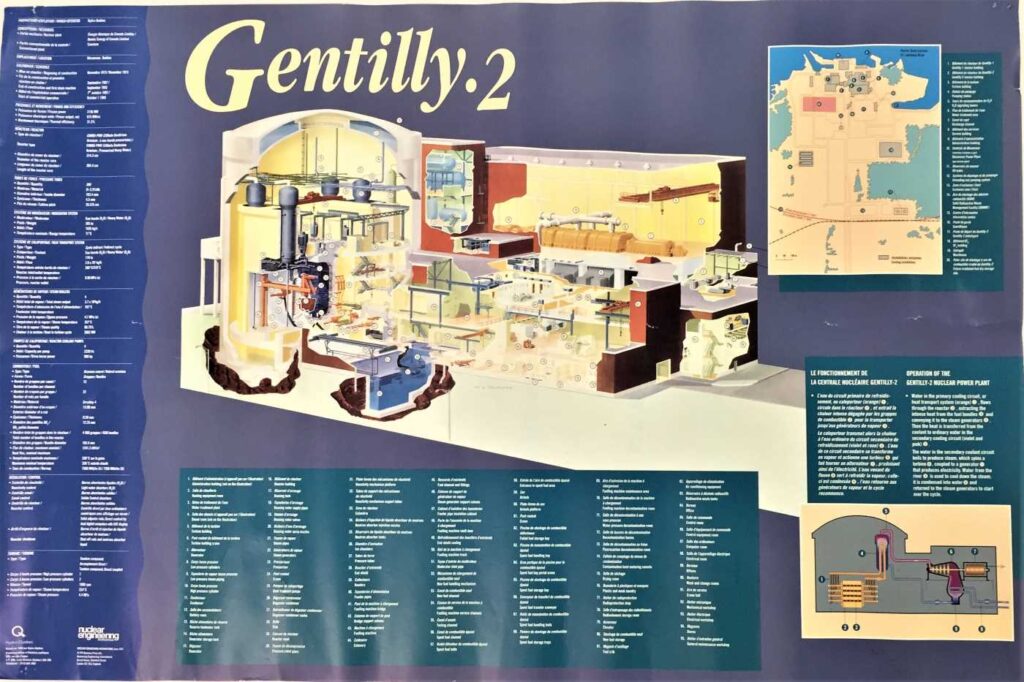This “slide and conversion” rule, called the GraphAnalogue, was developed by Heinz Joseph Gerber, an Austrian refugee, who emigrated to the USA during WWII and later established the Gerber Scientific Instrument Company. He invented this device for converting graphs to linear, reciprocal, trigonometric, logarithmic, or probability equations. The conversion is done through the ingenious use of an adjustable-length triangular spring mounted on the upper edge and readings taken from one or more of the from 18 scales inscribed on the ruler body. The GraphAnalogue was a spin off from an earlier device known as a Variable Scale. This GraphAnalogue, a Model GA-130, which is approximately 37.5 cm long, is housed in a leather-like case and was donated complete with an instruction manual. It was used by scientists and engineers at the Nuclear Reactor Universal (NRU) at CRNL.







